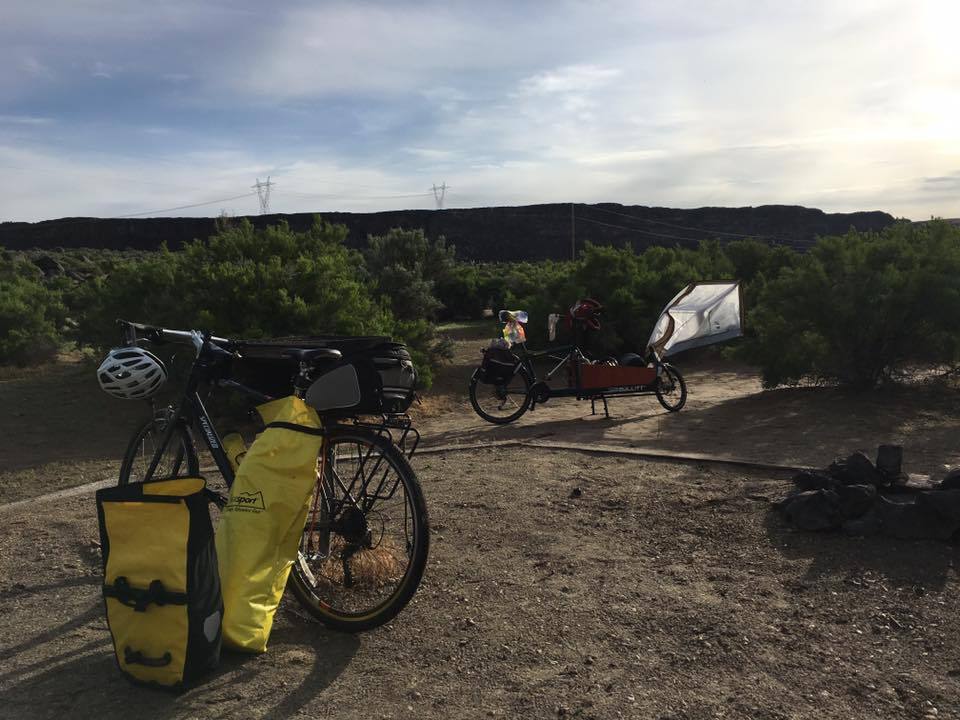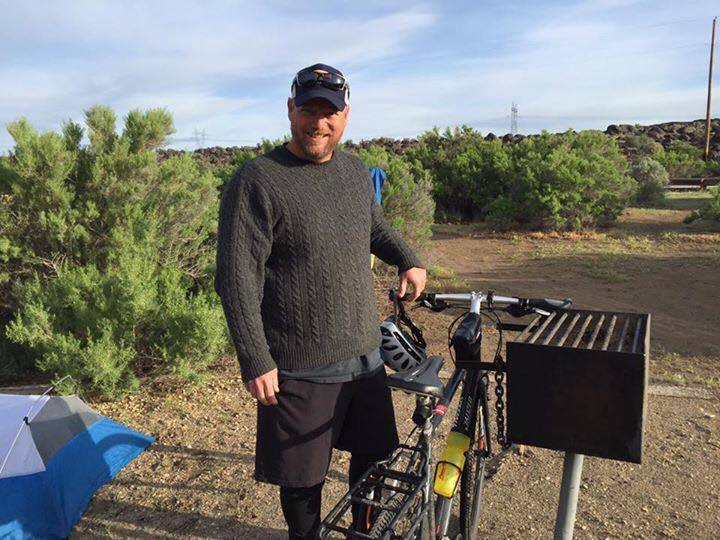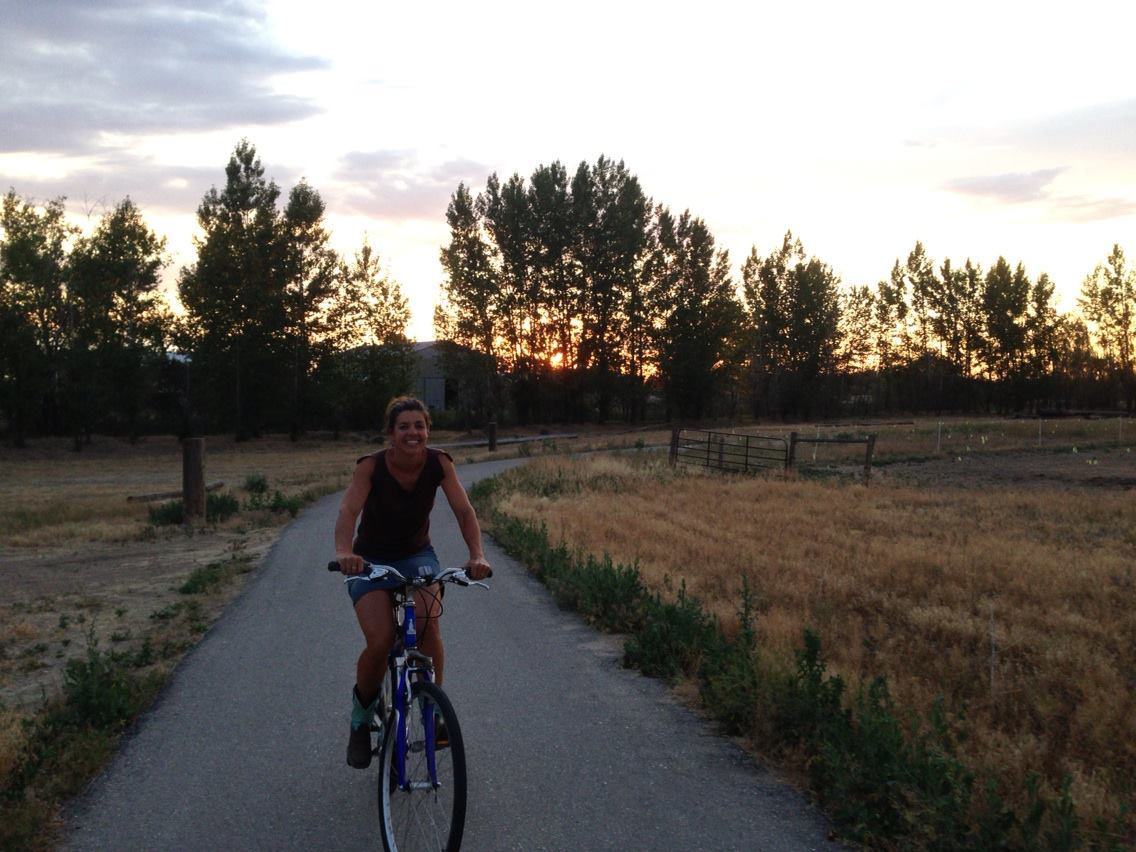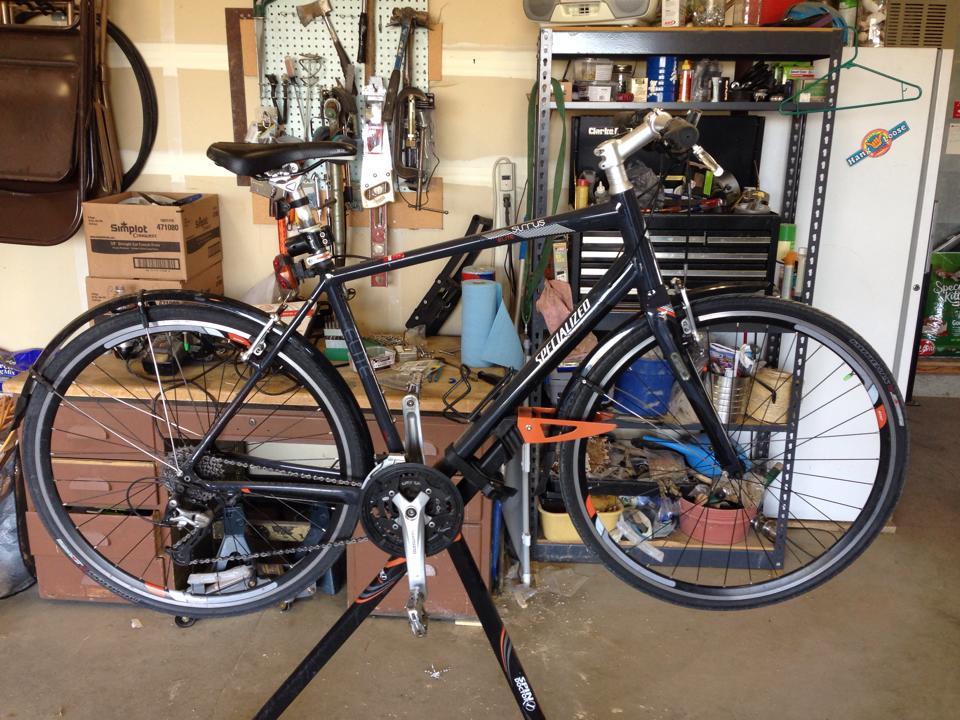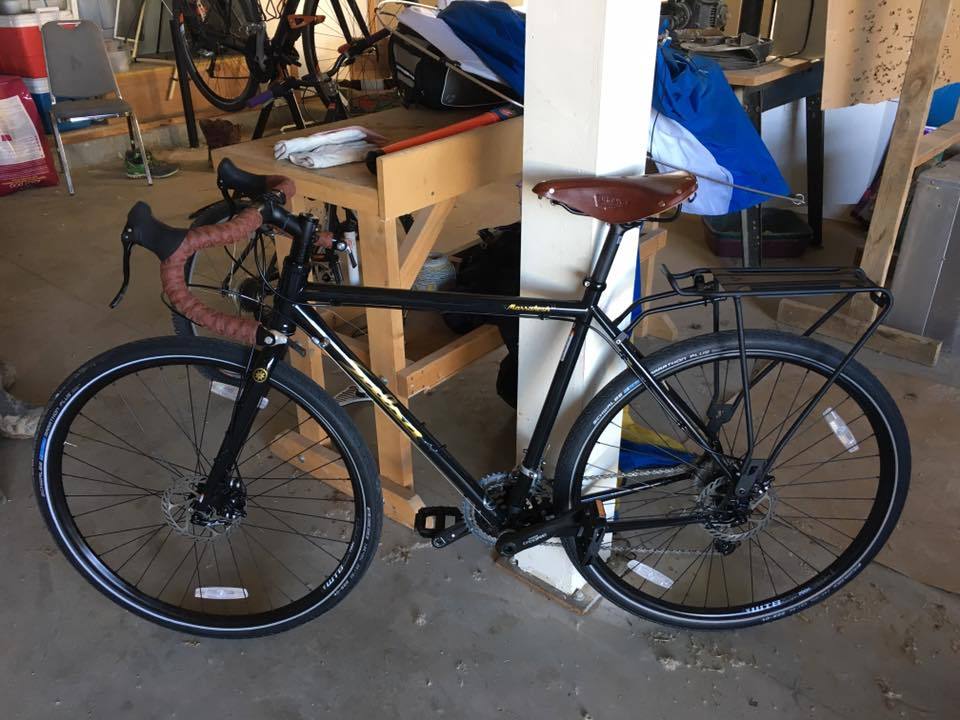Today I Am Introducing You To An Important Member Of Our Team – Stryker The Cat (Nicknamed: Mascot)
Cats are an important addition to any farm. There are mice, voles and pocket gophers that need to be kept under control. Nothing can take care of this for you like a good cat. We have two: Stryker and Snowflake. Today is the story of Stryker.
Our History With Farm Cats
My wife Autumm grew up on a farm. I actually did not. They always had cats to catch the mice around their place, and ironically her family would later go on to demonstrate to the world just how important mouse control really can be.
Autumm’s father actually was among the first people in history to survive the Hanta Virus when it was spreading across the West and causing a lot of fatalities in the 1990’s. This was so significant that he actually was a guest on the Oprah Winfrey Show to talk about what he had gone through.
It turned out that the virus is spread by deer mice, which are very common in Idaho. Her dad had a shed on the farm that had become infested with deer mice, and upon entering it he had breathed in enough of the contaminated air that he became infected. He almost died in the process.
So, when we bought our farm the first animal that Autumm was determined to put on the farm was a barn cat that would keep the mice at bay.
Where To Find A Good Cat
When you go out looking for a good mouser, you are not worried about pedigree. And you are not worried about cuteness or cuddling. You are looking for a cat with the right combination of wildness and tameness. You need it wild enough that it will go out and hunt but tame enough that it will stay around your property.
So, when we moved to our property in Kuna, Autumm began the search. One day, we were shopping at D&B Supply in Meridian. When we walked into the store our prospective farm cat was right there in a nice kennel where we could view her.
Why, you ask? Well, there were several stray cats roaming around the back of the store by the loading dock. The staff had managed to catch them, and they were nice enough to get all of the cats fixed. However, there was one that they could not keep from sneaking into the store. Even though they got it fixed, it was still coming into the warehouse area and urinating all over. So, this particular cat had to go, and it was up for adoption right in the front.
Now, there is some irony here. To begin, I think that D&B no longer provides this service, and I am pretty sure that it is this incident that put a stop to it. Also, D&B is now one of our biggest and longest standing broadcast clients (I have been hosting their radio show and podcast for over two years now), but we did not even have our own business when this happened. And last, the gentleman that this incident happened to, was a featured guest on the show and interviewed by me years after this incident. We never put this together, even during the interview.
Back To The Story
When we told the folks at D&B that we were there to collect this barn cat they warned us that she tended to be a little bit aggressive. Autumm responded that, that was exactly what we were looking for. But, she was a little too aggressive, as she paced around the kennel and hissed at anyone who got too close.
Finally, a young man named Ryan came out to put her in a box for us so we could transport her home. I cannot remember how she was collected out of the kennel, but I believe he had work gloves on. As he was attempting to place her in the box she made her escape.
This cat was now on the loose in the store and running all over. The D&B employees all have radios to communicate with each other, and this incident reminded me of the work that I was doing at that time as a police officer. A call went out on the radio, and everyone responded to try and catch this fugitive cat. For a few moments, the entire staff was engaged in trying to help us control the mice on our farm.
Soon, Ryan had the cat cornered and back in the box. However, when he brought the box back up to the front of the store he was bleeding significantly out of his thumb and wrist. This cat was not happy about being caught and had exacted its revenge. The evidence was clear, right there on his hand.
While someone found the first aid kit for Ryan, the cat was secured in the box with duct tape. Air holes were poked in the sides. If you have ever watched “Christmas Vacation” and remember when Aunt Bethany wraps up her cat as a gift for the Griswold’s, it was a lot like that. Every 30 seconds or so the box would jerk wildly in my hands as this cat tried to escape.
We took the box out the pickup and placed it in the back. Now believe me, we love animals. And under normal circumstances we would have been happy to have placed the box with the cat in the cab. However, after what we had just seen? No way! This cat was not going to get loose in the cab of the pickup with all of us, while I was driving!
We headed home…. directly home. And the spontaneous jerking in the box continued over and over to the point that I became nervous that the duct tape would not hold. We were approaching the intersection of Lake Hazel and Cloverdale Roads when I caught some motion in the rear view mirror of the pickup.
This cat had clawed at one the air holes long enough to open the hole up to a larger diameter. It had got its head through and was squeezing the rest of its body through. The motion that I saw was it trying to pull its hips through the hole by placing its paws on the bed rail of the pickup and pulling.
I pulled over very quickly, thinking that I might be able to grab it and re-security it, before it escaped. I don’t think I wanted to do this very bad as I didn’t really move that fast. However fast I actually moved, the cat escaped the box before I could reach it. It jumped out and ran into a neighborhood. We searched for it, but it was never to be seen again.
About a week later we received a telephone call from D&B. They asked us if we would be willing to bring the cat back in so it could be tested for rabies. We were sad to report that it had been on the loose for a week and its whereabouts were unknown.
Next Try
Our next try went better. I don’t remember as much about this instance but we were able to get a cat home to our place. This was a Tom cat, and he didn’t stick around for long. When we got him home we locked him in the garage for a few days.
Before you think this cruel, there is some rationale to this. Whenever we get new chickens we will lock them in the coop for at least a 24-36 hour period. We want them to identify the coop as home so they will come back to lay their eggs and to roost at night. This works with the chickens, everytime. So, why wouldn’t this same method work with a cat? Well, within a few days of letting him out of the garage he was gone, never to be seen again.
Vicious Cycle
Finally, Autumm’s Aunt Betty found out that we were looking for barn cats. A female cat had a litter at her place, and she was looking for homes for the kittens. So, she brought us two. One of these kittens died, but the other grew up into a fine female cat that had the right combination of wild and tame. Our only mistake? We did not get her spayed.
As soon as she was mature, this cat got pregnant. The next thing we knew we had a litter of kittens to deal with. At that point we were not ready to deal with kittens, and I think we gave all of them away. But by the time we did that, the mother was pregnant again.
We knew that we were not being responsible pet owners, and we needed to get her spayed. However, we found out that the Idaho Humane Society would not spay her if she was pregnant or nursing. But, she was always either pregnant or nursing! We were in a real fix (pun intended).
When she had the next litter we got a cage for her. We figured if she could live in that cage until the kittens were weaned, we could haul her in to be fixed. However, this became unbearable for she and for us. She did not like the cage at all, and let us know by howling all night long. We gave in and let her out….and yes, the cycle continued.
I finally called the Humane Society in desperation and told them that their policy had trapped us into a repeating cycle that was going to result in hundreds of cats running around our place. They agreed to break protocol for this case and said that we could bring her in with her next litter. They would adopt her out with her kittens after spaying her.
How We Got Stryker
This was upsetting to Hattie because she was five years old, and of course loved the cute little kittens. So, in the second to last litter we actually kept four kittens. Three were to be our farm cats, and one was picked by the neighbor’s daughter, Jade, to come home with them.
Stryker was one of these kittens. He had a brother that looked just like him and an all white sister named Snowflake. All names were chosen by Hattie. Ultimately we got all three of them spayed or neutered and the Humane Society took the rest of the cats. This was a very significant victory for us.
The three cats we kept ranged in their balance of tame vs. wild. Stryker’s brother was the most wild and would not allow anyone to pet him. This wildness ultimately led him to get run over, and he is no longer with us. Snowflake was next, and she is still skittish. However, she occasionally wants some affection and will allow herself to be held and petted. Stryker loves people, and he would move into the house immediately if we allowed him.
How We Almost Lost Stryker (And Why His Nickname Is Mascot)
By the time that Stryker was big enough to get into mischief, but still small enough to be considered a kitten we had started our first business; Idaho Gopher Control. This was a gopher extermination business, and when I went out to exterminate gophers on customer’s property I pulled a 16′, flatbed trailer with a wooden deck to haul my equipment.
I had a job scheduled one morning in Southwest Boise about 11 miles from our farm. I did everything just like normal that morning. I got all the farm chores done, checked that my equipment was fueled and strapped to the trailer appropriately and I headed out to the job.
I drove for about 20 minutes to the job site which was located at the end of a culdesac off of Overland Road. The culdesac was not quite big enough for me to just turn around in, so I had to make half of a u-turn and then jockey to get back around in a position to unload my equipment.
While I was doing this I could hear a very loud meowing coming from somewhere, and I remember thinking to myself that a neighbor had a cat in heat. What was funny is that the volume level of this cat stayed the same, no matter if I was at the end of the road or turned around and pulled about 50 yards forward. And, I kind of recognized it.
I got the pickup parked, got out and headed back to the trailer to start unstrapping everything. The meowing got louder and louder. I looked under the ATV that I used to pull my equipment around with, and I saw Stryker. Every claw on every paw was dug deeply into the wooden deck of the trailer.
He had obviously been on the trailer when I started the pickup and headed down the driveway, and he didn’t know what to do. His cat instinct kicked in, and he dug in, going for the ride of his life. For twenty minutes he had an experience that he neither wanted or understood.
I picked him up, petted him to reassure him and put him in the camper shell of my pickup (which would have been good to have had on the pickup when we got the wild cat from D&B). I called Autumm and before I could tell her what was going on she heard the meowing and asked me what that noise was.
I was able to get she and Hattie to come straight down there and pick up Stryker. I decided to rename him “Mascot” because he was definitely our companies new mascot after taking that ride. However, it didn’t really take, and I am the only person that still refers to him with that name.
I can’t remember if Stryker was affectionate or not prior to taking that ride. However, he was after! He was never happier to see a familiar face then when I picked him up off of that trailer. He has been a great mouser and vole catcher ever since. And, he occasionally deposits a pocket gopher in our back yard which I am very happy with since I sold that business and with it, all of my equipment.
Bonus Content
You may be wondering what happened to the fourth kitten, the one we gave to our neighbor girl, Jade. Well, those neighbors ended up selling their small farm and moving to Minnesota. They decided to take the kitten (now cat) with them.
The mom and kids went out ahead of dad to Minnesota. The dad, Leslie, was making the drive days later, hauling a lot of their possessions, including the cat. He was doing the drive in two days, stopping for the night in Billings, Montana.
Everything was set up for the cat to sleep for the night in comfort in their vehicle and be delivered to their little girl in Minnesota the next day. However, cats get freaked out when you drive them somewhere, and especially when they have to sleep in a vehicle in a strange city with strange smells, overnight.
So, the following morning when he went out to the vehicle to check on the cat, she promptly escaped and ran off. He chased her around and called her, but she was too scared. She disappeared, and there was no finding her.
Leslie finally had to give up and get back on the road. For the rest of the day he drove to Minnesota, only to arrive and deliver the sad news to his daughter.
Jade was understandably upset by this. Between the move to Minnesota and the loss of her cat, this was a tough time. So, her mom, Caty, joined a couple of Facebook groups based in Billings and put up posts about the lost cat with photos. However, nothing happened.
Well, winter set in, in both Billings and Minnesota, and they figured it was all over. However, the next Spring, some 7 months after the cat had run off in Billings, Caty was contacted by someone who had seen her posting. Miraculously the cat had survived the winter, been found by someone and that person had found the Facebook posting.
Through conversations and photos they confirmed that it was in fact Jade’s cat. A drive was made to retrieve this cat. The good samaritan was so taken by the story that he drove and met Caty half way between Minneapolis and Billings. This resilient, wayward cat, that was born on our farm during the vicious cycle, and Jade are enjoying each other’s company today in Minnesota!

